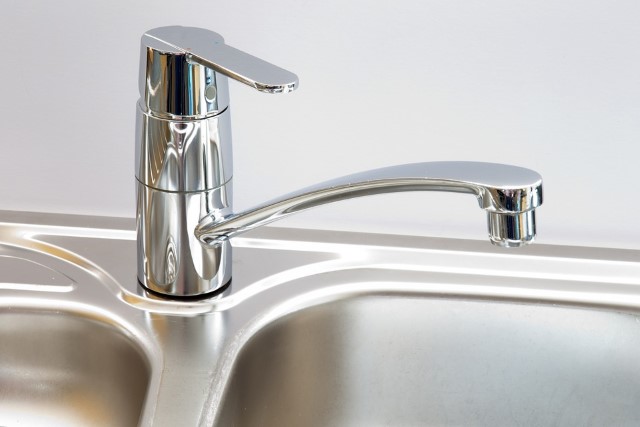Waiting for hot water to reach your faucets can be frustrating and wasteful. Every second you spend waiting means wasted water—and increased utility bills. A hot water recirculation system is an effective solution to this common problem, providing instant hot water while improving efficiency. If you’re considering upgrading your home’s plumbing, here’s what you need to know about hot water recirculation systems.
What Is a Hot Water Recirculation System? A hot water recirculation system continuously or on-demand circulates hot water through your plumbing, ensuring that hot water is always available when you turn on the tap. These systems prevent water from sitting in pipes and cooling down, which eliminates the typical delay in getting hot water.
Types of Hot Water Recirculation Systems
- Dedicated Loop System
This system uses a separate pipe to continuously circulate hot water from the water heater to the fixtures. It is most effective in new construction or major plumbing renovations because it requires additional piping. - Retrofit (Under-Sink) System
Ideal for existing homes, a retrofit system connects to the existing plumbing and uses a pump to push hot water through the pipes. It often includes a temperature sensor and a timer to prevent excessive energy use. - On-Demand Recirculation System
Instead of continuously circulating water, this system operates only when needed. A homeowner activates it via a switch or motion sensor, reducing energy and water waste.
Benefits of a Hot Water Recirculation System
- Instant Hot Water – No more waiting for water to heat up, making daily tasks like showering, dishwashing, and handwashing more convenient.
- Water Conservation – Reduces the gallons of water wasted while waiting for it to heat up, promoting eco-friendly home practices.
- Lower Utility Bills – Using less water and reducing water heater workload can lower both water and energy bills.
- Convenience and Comfort – Enjoy the luxury of hot water on demand without long delays, especially in larger homes with extended plumbing systems.
Potential Drawbacks to Consider
- Installation Cost – A dedicated loop system can be costly, especially if retrofitting an older home.
- Energy Usage – Systems that constantly circulate hot water can increase energy consumption, although timers and sensors can help mitigate this.
- Pump Maintenance – Over time, recirculation pumps may require maintenance or replacement to keep them functioning properly.
Is a Hot Water Recirculation System Right for You? If you frequently wait a long time for hot water or are concerned about water waste, a recirculation system is a smart investment. Homeowners in larger homes or those with multiple floors benefit the most from these systems. Additionally, households aiming for eco-friendly upgrades can take advantage of the water and energy savings these systems provide.
Final Thoughts Hot water recirculation systems offer a practical solution for homeowners looking to enhance efficiency and convenience. Whether you opt for a dedicated loop or a retrofit system, this upgrade can save time, conserve water, and provide an overall better home experience. If you’re considering an installation, consult a plumbing professional to determine the best option for your home’s layout and needs.

